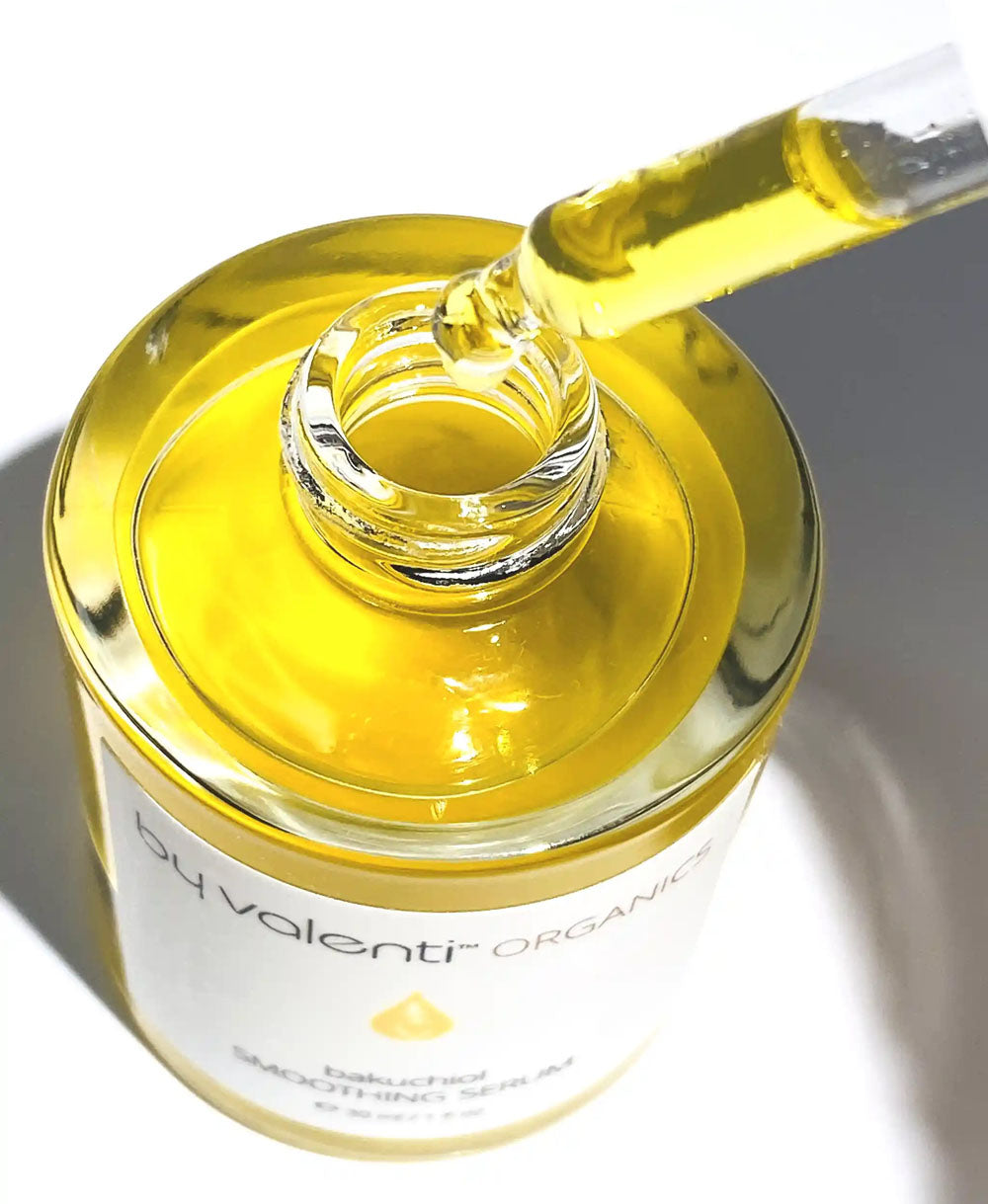Toasted Skin Syndrome: The Hidden Dangers of Heat Exposure on Your Skin
Carol MillerShare
What Does Erythema Ab Igne Look Like?
Initially, the skin develops red or brownish reticulated (net-like) patches, resembling mild burns or discoloration. Over time, prolonged exposure to heat damages the blood vessels, leading to hyperpigmentation, thinning of the skin, and even a risk of precancerous changes. (2)
Common Symptoms of EAI:
- Mottled or lace-like reddish-brown patches
- Itching or mild burning in the affected area
- Increased skin sensitivity to heat or pressure
- Persistent hyperpigmentation even after heat exposure stops
What Causes Toasted Skin Syndrome?
EAI is caused by chronic exposure to infrared radiation (heat) that penetrates deep into the dermis, leading to vascular damage and melanin deposition. Unlike sunburns caused by ultraviolet (UV) radiation, EAI does not immediately burn the skin but instead damages it over time. (3)
Common Sources of Chronic Heat Exposure Linked to EAI
- Laptops: Prolonged use on the lap generates enough heat to damage the skin.
- Heated Car Seats: Frequent use over months or years may cause discoloration.
- Space Heaters: Direct exposure while sitting close for warmth.
- Heating Pads & Hot Water Bottles: Used to relieve pain but can lead to skin damage over time.
- Fireplaces & Wood Stoves: Traditional sources still cause this condition.
Long-Term Risks of Erythema Ab Igne
While EAI is generally not painful, long-term exposure can lead to serious complications. Over time, the affected skin undergoes structural damage that may not fully recover, even after heat exposure stops. (4)
Potential Complications
- Chronic Hyperpigmentation – Skin discoloration that may last for years.
- Atrophy (Skin Thinning) – Long-term heat exposure damages the skin barrier.
- Actinic Keratosis & Skin Cancer Risk – In rare cases, prolonged infrared radiation exposure may contribute to precancerous changes. (5)
- Persistent Skin Sensitivity – Skin may remain more prone to irritation and redness.
Although EAI itself is not classified as a cancerous condition, studies suggest that prolonged exposure to heat radiation may increase the risk of cutaneous malignancies in already damaged skin. (1)
How Is Erythema Ab Igne Treated?
Early detection and stopping heat exposure are key to preventing long-term damage. While mild cases may resolve on their own, some cases require dermatological intervention. (2)
Step 1: Remove the Source of Heat
- Discontinue prolonged use of heating pads, laptops, or hot water bottles on the skin.
- Avoid direct exposure to fireplaces or heated car seats for extended periods.
Step 2: Treat the Skin
- Moisturization – Hydrate the skin with fragrance-free emollients to repair the barrier.
- Topical Retinoids – May help improve pigmentation and skin renewal, but should be used cautiously.
- Vitamin C Serums – Can assist in brightening hyperpigmented skin and repairing damage.
- Hydroquinone-Based Creams – Used under dermatological supervision to reduce persistent discoloration.
Step 3: Medical Intervention for Severe Cases
- Laser Therapy – Can improve long-term hyperpigmentation and vascular damage.
- Dermatological Treatments – Prescription treatments like chemical peels or dermabrasion may be recommended for severe cases.
How to Prevent Toasted Skin Syndrome
The best way to prevent EAI is by limiting direct heat exposure and following simple protective measures:
- Use a laptop stand or cooling pad instead of placing the device directly on the lap.
- Limit heating pad use to 15-20 minutes per session and always use a protective cloth barrier.
- Wear protective clothing when using heated car seats.
- void sitting too close to space heaters or fireplaces for prolonged periods.
Final Thoughts
Erythema Ab Igne is an often-overlooked skin condition that can lead to long-term skin damage if left unchecked. While prevention is the best approach, recognizing the early symptoms and discontinuing heat exposure can prevent irreversible skin changes.
If discoloration persists beyond a few months, consult a dermatologist for medical-grade treatments. With proper care, the skin can recover, but awareness is key to preventing chronic damage.








